Crabapple Tree
- November 16, 2023
- 0 comment
The Crabapple tree, scientifically classified under the genus Malus, is a captivating and ornamental tree celebrated for its stunning springtime blossoms and colorful fruit. These trees belong to the larger Rosaceae family, which includes other fruit-bearing trees like apples and cherries.
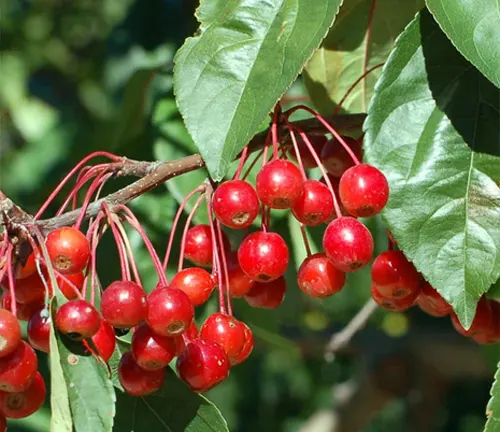
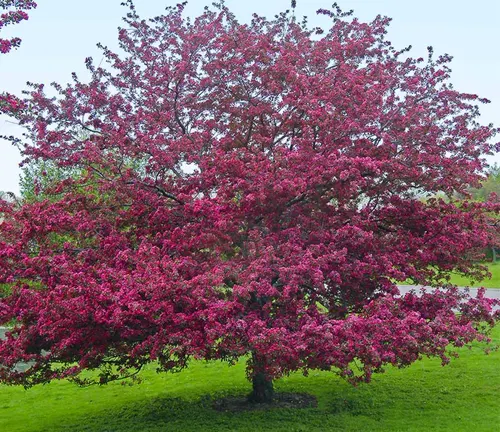
Known for their resilience and adaptability, Crabapple trees thrive in various climates and soil conditions, making them a popular choice in gardens and landscapes. The tree’s distinctive feature lies in its profusion of fragrant and vibrant flowers that emerge in shades of pink, white, or red during the spring, creating a picturesque spectacle.
As the seasons progress, the blossoms give way to small, apple-like fruits that come in an array of hues, ranging from yellow to deep red. While the fruit is generally smaller than that of standard apple trees, it is often used to make jams, jellies, and decorative preserves. Beyond their aesthetic appeal and culinary uses, Crabapple trees also serve as valuable pollinators for nearby apple orchards. Their charming appearance and versatility make them a beloved addition to gardens, providing not only visual delight but also contributing to the ecological balance of the surrounding environment.
| Characteristics | Description |
| Scientific Name | Malus (Genus) |
| Family | Rosaceae |
| Common Name | Crabapple Tree |
| Height | Varies (typically 6 to 30 feet, depending on the variety) |
| Foliage | Deciduous |
| Flowers | Spring-blooming, fragrant; colors include pink, white, red |
| Fruit | Small, apple-like; colors range from yellow to red |
| Uses | Ornamental, culinary (jams, jellies), ecological (pollinator) |
| Hardiness Zones | Varies by species; generally hardy in zones 4-8 |
| Soil Requirements | Well-drained, adaptable to different soil types |
| Sunlight | Full sun to partial shade |
| Watering Needs | Moderate, well-drained soil helps prevent waterlogging |
| Maintenance | Pruning for shape, disease prevention, and fruit production |
| Lifespan | Can live for several decades with proper care |
| Notable Varietie | ‘Royal Raindrops,’ ‘Prairifire,’ ‘Dolgo,’ etc. |
Botanical Beauty of Crabapple Tree
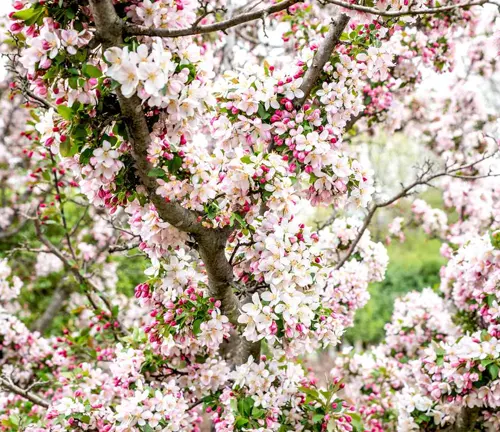
The Crabapple tree, belonging to the Malus genus, stands as a testament to botanical beauty. With its elegant branches and a symphony of colors, this tree graces landscapes with a mesmerizing display. During the spring, delicate blossoms burst forth in shades of pink, white, or red, creating a captivating spectacle. The intricate details of the flowers, coupled with the contrasting green foliage, make the Crabapple tree a true botanical gem.
Woodland Elegance
In addition to its botanical allure, the Crabapple tree brings a touch of woodland elegance to any environment. The gracefully arching branches and the dappled sunlight filtering through its leaves contribute to a tranquil and picturesque setting. Whether planted as a solitary specimen or in a group, these trees enhance the aesthetic appeal of gardens, parks, and residential landscapes, adding a touch of natural sophistication.
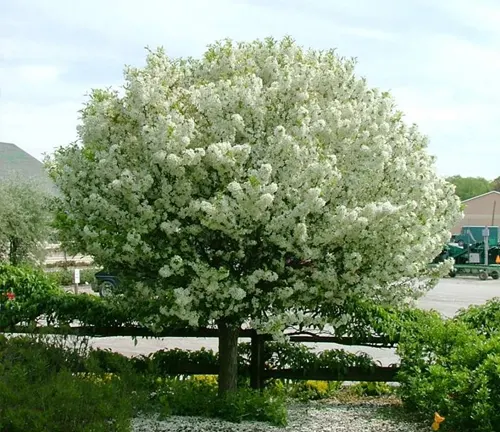
Ecological Importance
Beyond its visual charm, the Crabapple tree plays a vital role in ecological balance. Serving as a pollinator for nearby apple orchards, it contributes to the health of ecosystems. Bees and other pollinators are drawn to the abundant blossoms, ensuring the cross-pollination necessary for the production of both Crabapples and other apple varieties. In this way, the Crabapple tree becomes a linchpin in sustaining biodiversity and supporting the broader environment.

Cultivation and Conservation
Crabapple trees are remarkably adaptable, thriving in various climates and soil conditions. Their resilience makes them a favorite for cultivation, providing not only aesthetic benefits but also a relatively low-maintenance addition to landscapes. Conservation efforts often include the planting of Crabapple trees, as they contribute to soil stabilization and prevent erosion, showcasing their significance beyond their visual appeal.
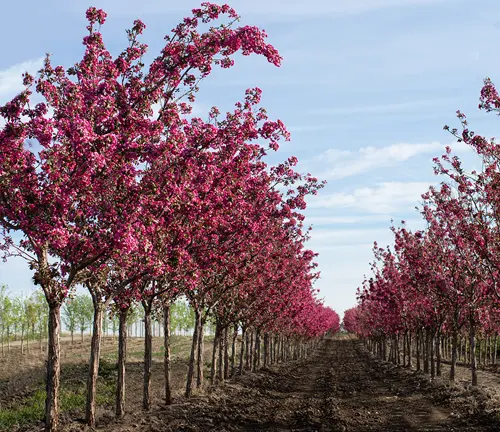
Fragrance
One cannot overlook the delightful fragrance that emanates from Crabapple blossoms. The sweet, sometimes spicy, scent fills the air during the spring bloom, creating an immersive experience for anyone in proximity. This aromatic quality adds an extra layer of sensory pleasure, making the Crabapple tree a multi-dimensional delight in any outdoor space.
Soil Stabilization
The extensive root system of Crabapple trees aids in soil stabilization. Their roots help prevent erosion, making them valuable additions to landscapes prone to soil movement. This feature not only benefits the tree itself but also contributes to the overall health and stability of the surrounding soil.
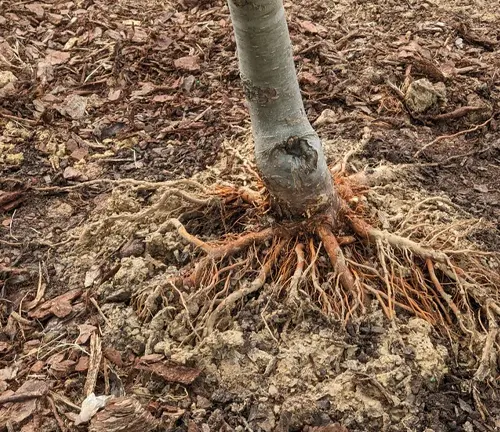
Common Uses
The Crabapple tree finds itself woven into various aspects of human life. While the fruit is smaller than that of traditional apple trees, it is often used in culinary pursuits, crafting jams, jellies, and decorative preserves. The visual appeal of Crabapple trees also makes them popular choices for ornamental landscaping, adding a burst of color and vibrancy to outdoor spaces.
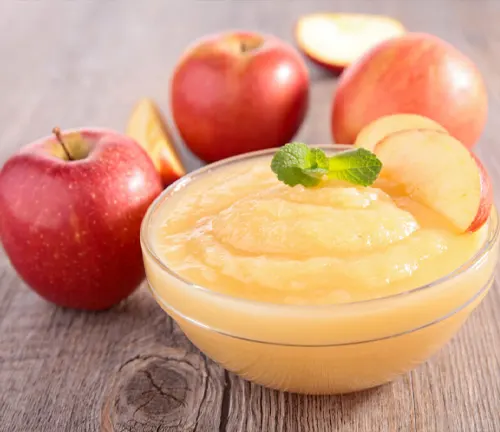
Benefits
The benefits of Crabapple trees extend far beyond their ornamental and culinary value. From supporting local ecosystems through pollination to contributing to soil health and stability, these trees offer a range of advantages. Their adaptability and aesthetic appeal make them not just a beautiful addition to landscapes but also a species with a meaningful impact on the environment.
Different Species
Malus floribunda
(Japanese Flowering Crabapple)
Notable for its profusion of pink flowers.
Small, red or yellow fruits.
Compact and rounded form.

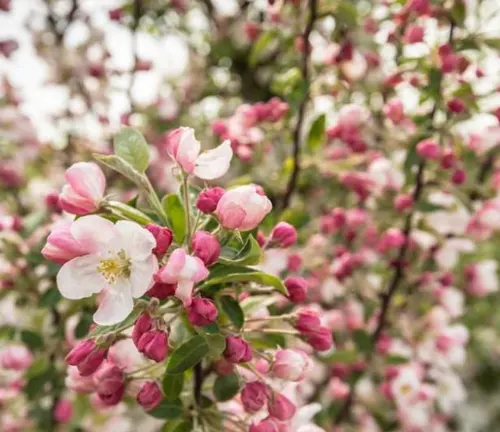
Malus ‘Adirondack’
(Adirondack Crabapple)
Features deep pink blossoms.
Reddish-orange fruit.
Upright and spreading habit.
Malus ‘Prairifire’
(Prairifire Crabapple)
Dark pink to red flowers.
Reddish-purple foliage.
Rounded shape with a spreading canopy.
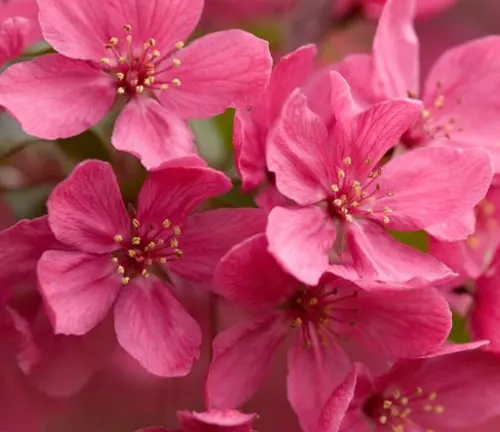
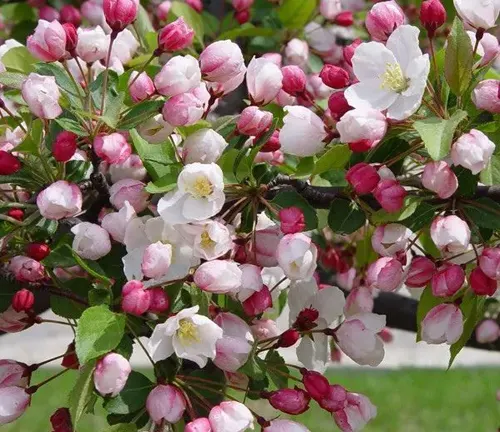
Malus sargentii
(Sargent Crabapple)
White or pale pink flowers.
Small red fruits.
Low-growing and spreading habit.
Malus ‘Golden Hornet’
(Golden Hornet Crabapple)
White flowers with a hint of pink.
Small yellow fruits that persist into winter.
Upright and vase-shaped form.
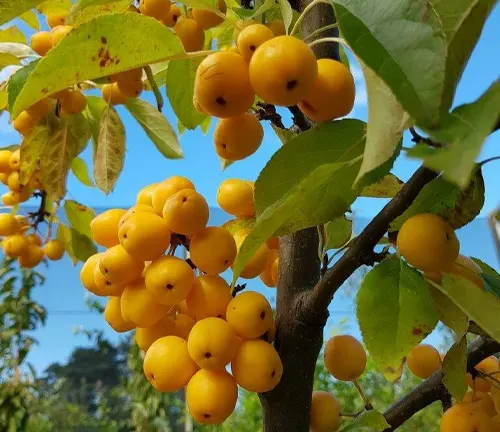

Malus hupehensis
(Tea Crabapple)
Fragrant white flowers.
Small, yellow to orange fruits.
Rounded canopy with arching branches.
Malus ‘Royal Raindrops’
(Royal Raindrops Crabapple)
Deep pink to red flowers.
Burgundy-red foliage.
Narrow, upright habit.

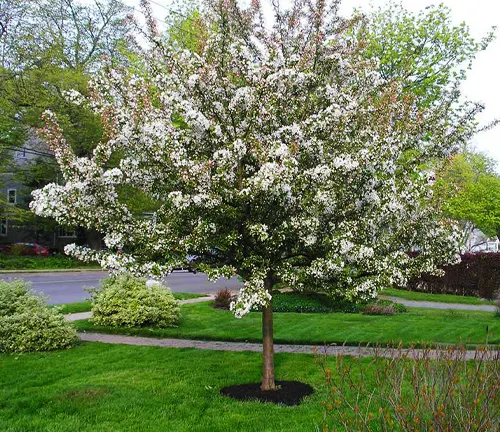
Malus ‘Sugar Tyme’
(Sugar Tyme Crabapple)
Pale pink flowers.
Persistent red fruits.
Compact and symmetrical form.
Malus ‘Indian Magic’
(Indian Magic Crabapple)
Pink to red flowers.
Dark purple foliage.
Upright and spreading shape.
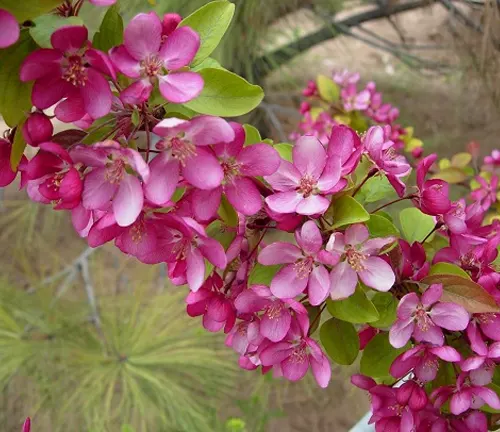
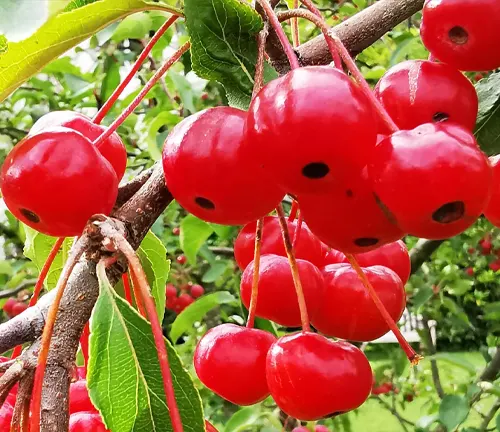
Malus baccata
(Siberian Crabapple)
White flowers with a pink tint.
Small red fruits.
Rounded form with arching branches.
Frequently Asked Questions (FAQs)
- What is a Crabapple tree?
A Crabapple tree is a member of the Malus genus, known for its ornamental qualities, including colorful blossoms in spring and small apple-like fruits. - How tall do Crabapple trees typically grow?
The height of Crabapple trees varies depending on the species and cultivar, ranging from 6 to 30 feet. - When do Crabapple trees bloom?
Crabapple trees typically bloom in spring, producing vibrant and fragrant flowers in shades of pink, white, or red. - Are Crabapples and regular apples the same?
While Crabapples and apples are related, they differ in size. Crabapples are generally smaller, and their fruit is usually sour. Some varieties are suitable for culinary uses like making jams and jellies. - How do I care for Crabapple trees?
Provide well-drained soil, full sun to partial shade, and regular watering. Pruning can be done to maintain shape, promote air circulation, and manage diseases. - What is the significance of Crabapple trees for pollination?
Crabapple trees play a crucial role as pollinators for apple orchards. Bees and other pollinators are attracted to their blossoms, aiding in cross-pollination. - Do Crabapple trees attract wildlife?
Yes, Crabapple trees attract birds with their small fruits, providing a food source. The trees also support pollinators like bees. - Can Crabapple trees be grown in containers?
Some smaller varieties of Crabapple trees can be grown in containers, but it’s essential to choose a suitable dwarf or miniature cultivar and provide proper care. - How do I prevent diseases in Crabapple trees?
Proper pruning, good air circulation, and choosing disease-resistant varieties can help prevent common issues like apple scabs and fire blight. - What are some popular Crabapple tree varieties?
Popular varieties include Malus ‘Royal Raindrops,’ ‘Golden Hornet,’ ‘Sugar Tyme,’ and ‘Adirondack,’ each with unique features like flower color, fruit size, and growth habit. - Are Crabapple trees suitable for every climate?
Crabapple trees are adaptable to various climates, but the specific species or cultivar may determine their hardiness. It’s essential to choose one suitable for your climate zone. - Can Crabapple trees be used for landscaping?
Yes, Crabapple trees are widely used in landscaping for their aesthetic appeal, and they come in various shapes and sizes to suit different design preferences.





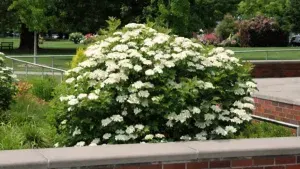
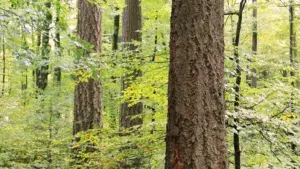
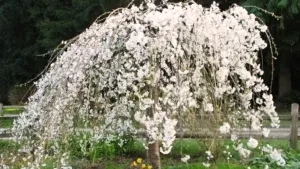
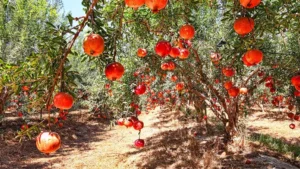

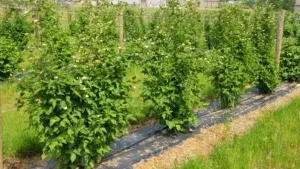
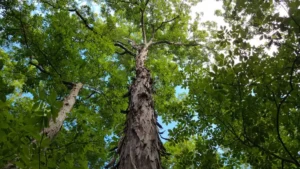


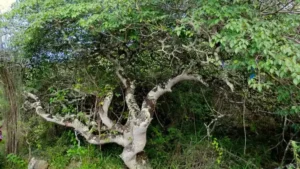
Leave your comment